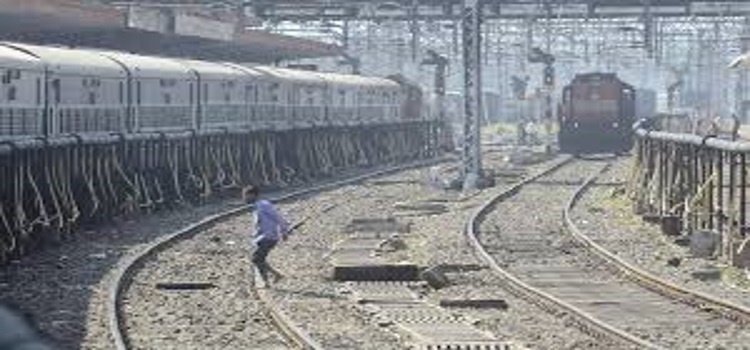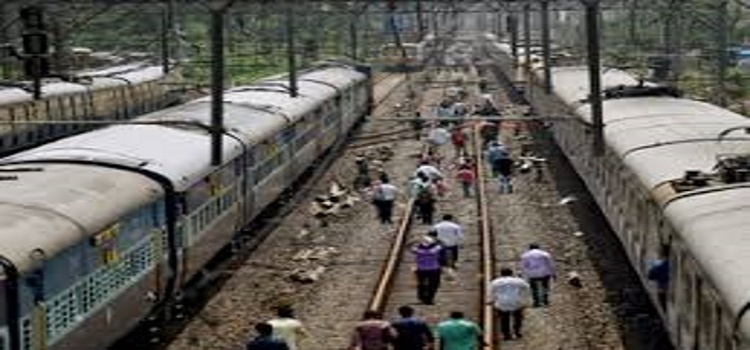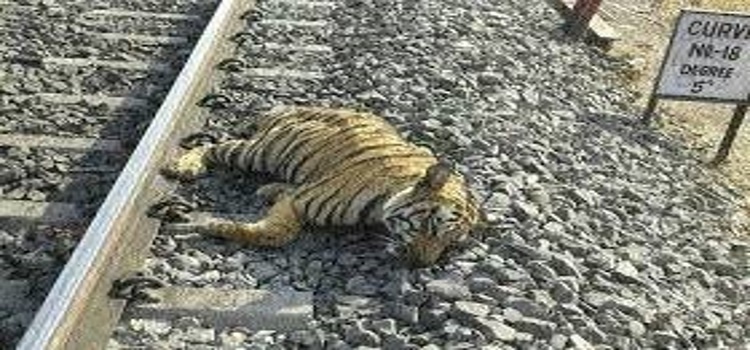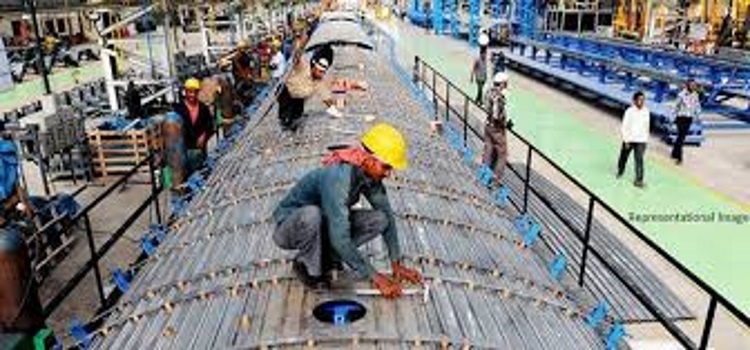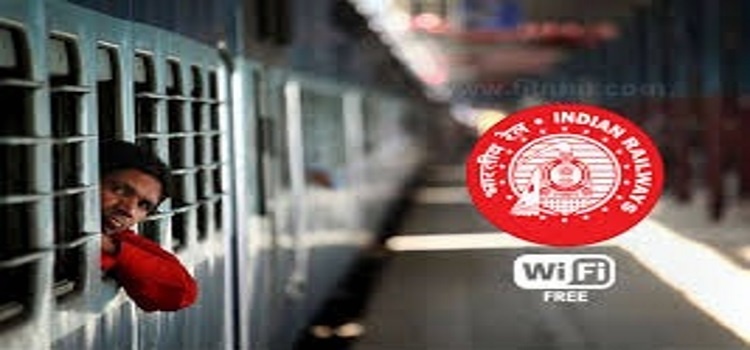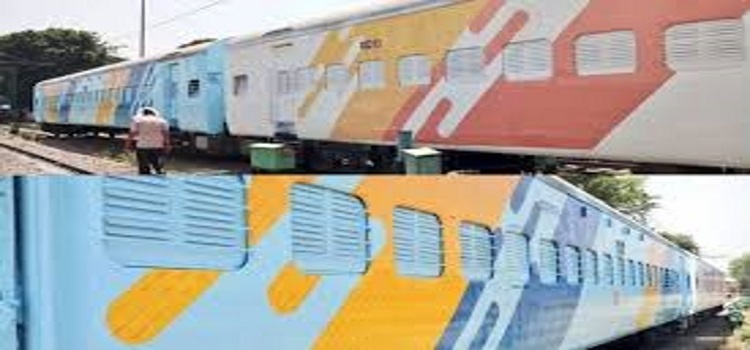
The Indian Railways (IR) serves the vital function of providing travel access to millions of people on daily basis. In this pursuit, safety of the passengers automatically becomes its first and foremost concern. IR, which plans to convert 55,000 normal train coaches to the significantly safer LHB technology, can’t do so without using stainless steel coaches, and it is pertinent to analyse certain aspects of infrastructure in coach manufacturing and the status of implementation and adoption of specific norms for passengers’ safety.
In the age of constant value addition coupled with environment consciousness, stainless steel is the most practical and optimal choice among all materials. As for stainless steel, India secured the second largest producer tag, next only to China and crossed the 100 million tonne (MT) mark in crude steel production during 2017 touching 3.6 MT during the year, which registered an annual growth rate of 10%.
The Indian Railway sector is adding value at each stage, and stainless steel is steadily gaining momentum. The high strength-to-weight ratio and resistance to impact and temperature shocks makes stainless steel the most fuel efficient and safe option in the Railway sector. The Indian Railways, which plans to convert 55,000 normal train coaches to the significantly safer LHB technology, can’t do so without using stainless steel coaches – another aspect in the context of rail safety that remains the nature of rolling stock being used.
Among the many positive features that these LHB coaches provide, the one which stands out is its ‘anti-telescopic’ nature. It means they do not turn over or flip in case of a collision. LHB coaches use a centre buffer coupling technique of tight locking type to join the coaches unlike the screw coupling technique used by the ICF coaches. The overall geometrical shape has also been designed in such a way that the centre of gravity comes out to be at a lower level than what is presently in ICF coaches. All these factors result in enhanced passenger safety in case of derailment.
Quite often, we observe the coaches sliding over the other when train accidents occur. This sliding nature of coaches and subsequently turning turtle has caused a lot of casualties. The reason for such behaviour of coaches has a lot to do with the nature of a bulk of the presently existing coaches being used. The results are there for all to see as in the case of Nagpur-Mumbai Duronto Express when nine coaches derailed in August 2017 and there were no casualties. Similarly, none of the Dibrugarh Rajdhani Express coaches turned turtle despite a derailment in 2014. The Kakodkar Committee on Rail Safety as well as the Sam Pitroda Committee on Modernization of IR have also recommended complete migration from ICF to LHB coaches.
Hence, apart from enhanced safety measures, stainless steel LHB coaches also provide an advanced pneumatic disc braking system, modular interiors that integrate lighting into ceiling, improved suspension system, higher capacity of air conditioning and increased length. The coach exterior made with stainless steel and interior with aluminium make it a light-weight structure. All these features enhance passenger comfort and safety in multiple ways.
Such multi-pronged advantages of these coaches made the Ministry of Railways and senior members of the Railway Board announce in 2016 and also reiterate the same in 2017 that ICF coach production would be eventually phased out and all coaches would only be of LHB type. Attempts in this direction have resonated down the order, as many zonal railways are also seeking to shift coaches at the earliest, as the South Central Railway is presently attempting to.
The Railway Workshops are also gearing up towards modernisation to accommodate periodic overhauls and other maintenance works for LHB Coaches as visible in the recent inauguration of LHB Airbrake Workshop at Perambur.
Presently, LHB coaches are restricted to Shatabdi, Rajdhani, Duronto premium trains, but are slowly being extended to other trains. A target of producing 5,000 railway coaches for the present year has been set, which is a double in annual capacity if it happens. In fact, ICF Perambur has recently produced a 100 per cent made in India LHB Coach which helps in strengthening the Make in India initiative.
To take this process further, RCF Kapurthala will supposedly be manufacturing only LHB coaches from April 1, 2018, onwards. This decision to ramp up production will also have a positive spillover effect in boosting production capacities of the domestic steel manufacturing industry.
However, the ground reality remains that LHB coaches can be overhauled at only a few select workshops, which in turn may create delays due to a long waiting time. Other workshops like Golden Rock Workshop in Tiruchirapalli are seeking sanctions from Railway Board to modernise their machinery and plant equipment to cater to the services of overhauling LHB coaches and more such workshops are expected to join this list. All these are activities which involve one to two years of gestation period and are not going to start immediately.
Similarly, the production capacity of LHB coaches, notwithstanding the ambitious targets set, will still have to go a long way as well over 80 per cent of the existing number of coaches are still of ICF variety. The existing coach manufacturing units may not be enough and as a solution, outsourcing coach manufacturing to specialised private players like Alstom or Bombardier can be considered.
Notwithstanding the fact that it needs to be remembered all across the Indian Railways that complete conversion to LHB Coaches, though necessary, will only act as a curative by drastically reducing casualties but not as a preventive for train accidents. While the Ministry, on the one hand, is reiterating the ambitious plans for replacement, there are brand new trains being introduced with ICF coaches. And this advanced coach with multiple benefits come with additional costs to the exchequer. But considering the benefits and longer shelf life of 35 years (compared to 25 years’ shelf life of ICF coaches), we can be assured that the costs will be outweighed.
The issue of a phased replacement and the use of ICF coaches when they get gradually phased out or when their shelf life of 25 years ends is another concern. A solution in this regard can be to use them as places in railway yards for providing retail space to small merchants (as is being done in a few Central Asian countries) or provide space for the direct sale markets or cooperative markets like Rythu Bazars in Andhra Pradesh and Telangana where vegetables and small groceries are sold by farmers themselves. It will help in creating additional livelihood. Quite interestingly, a Government School in Rajasthan was turned into a Train to attract Students towards education. The principal’s office looks like an engine and the playground is converted into a platform. Teachers are going door-to-door from May 1 to 15 to convince people to send their children to government schools. Sarva Shiksha Abhiyan (SSA) is a government programme aimed at providing free elementary education to all children between the age of six and fourteen, and funds are also provided by the Central Government for upkeep and construction of classrooms.
